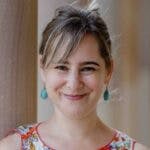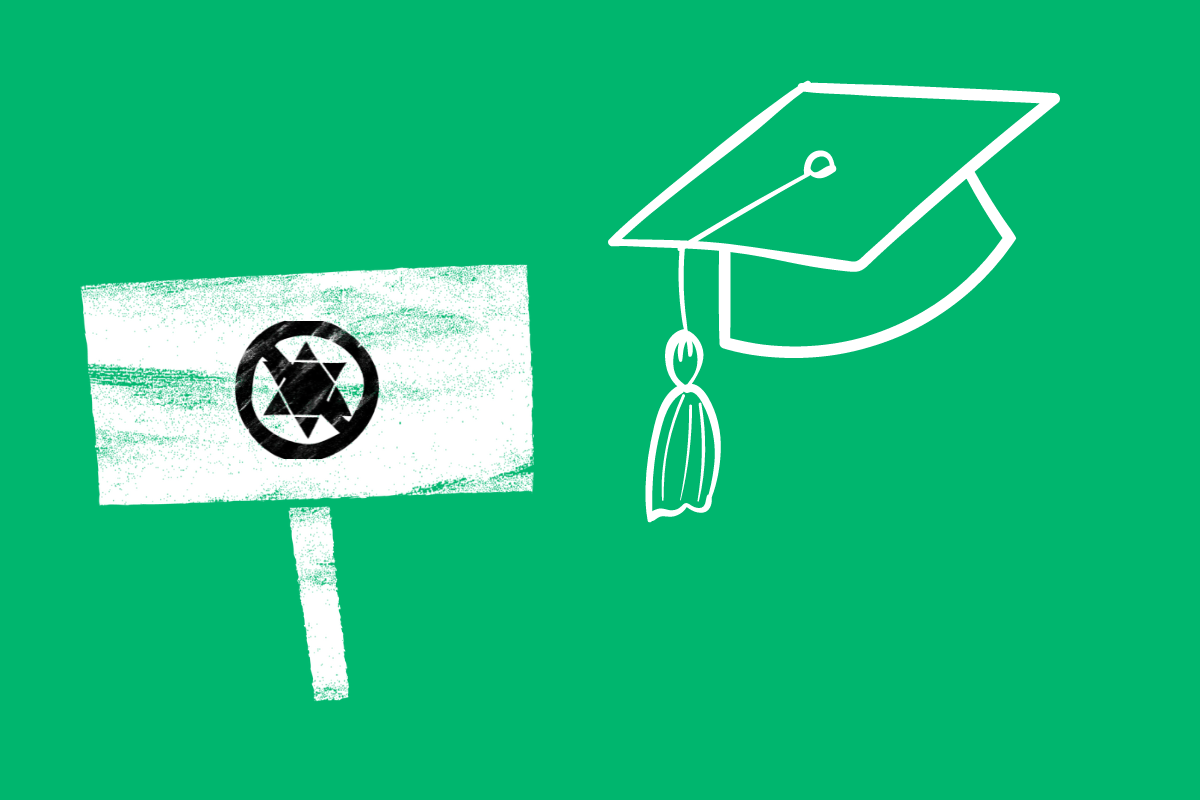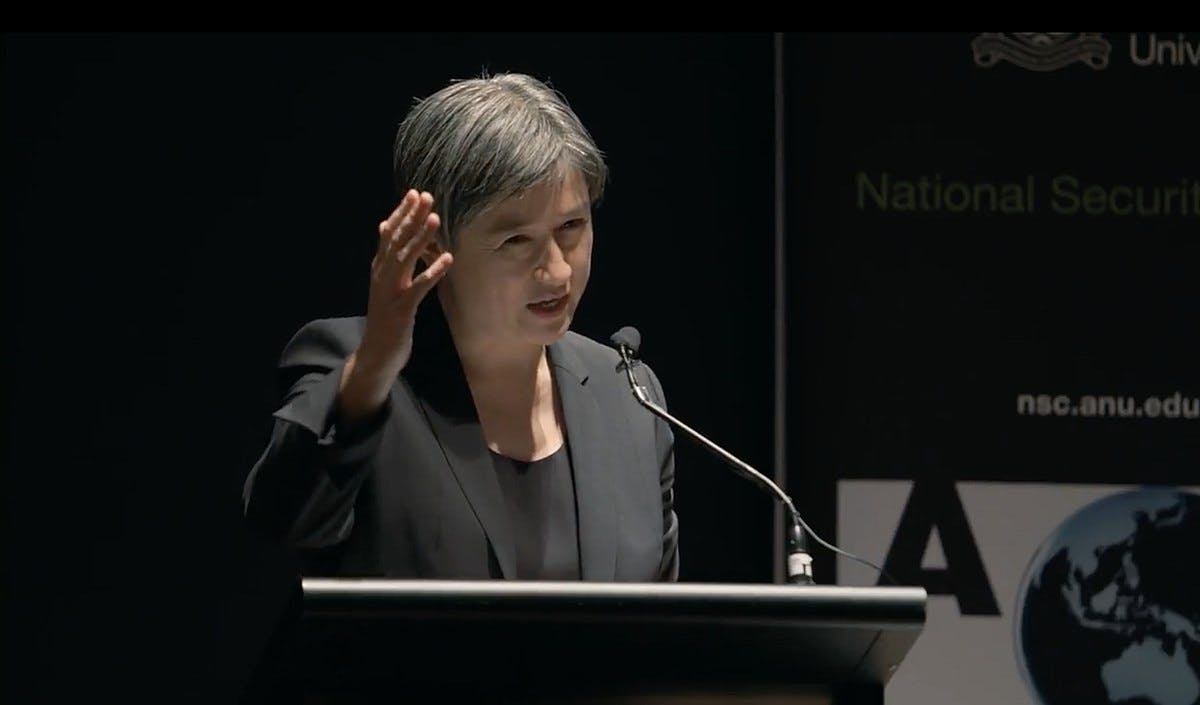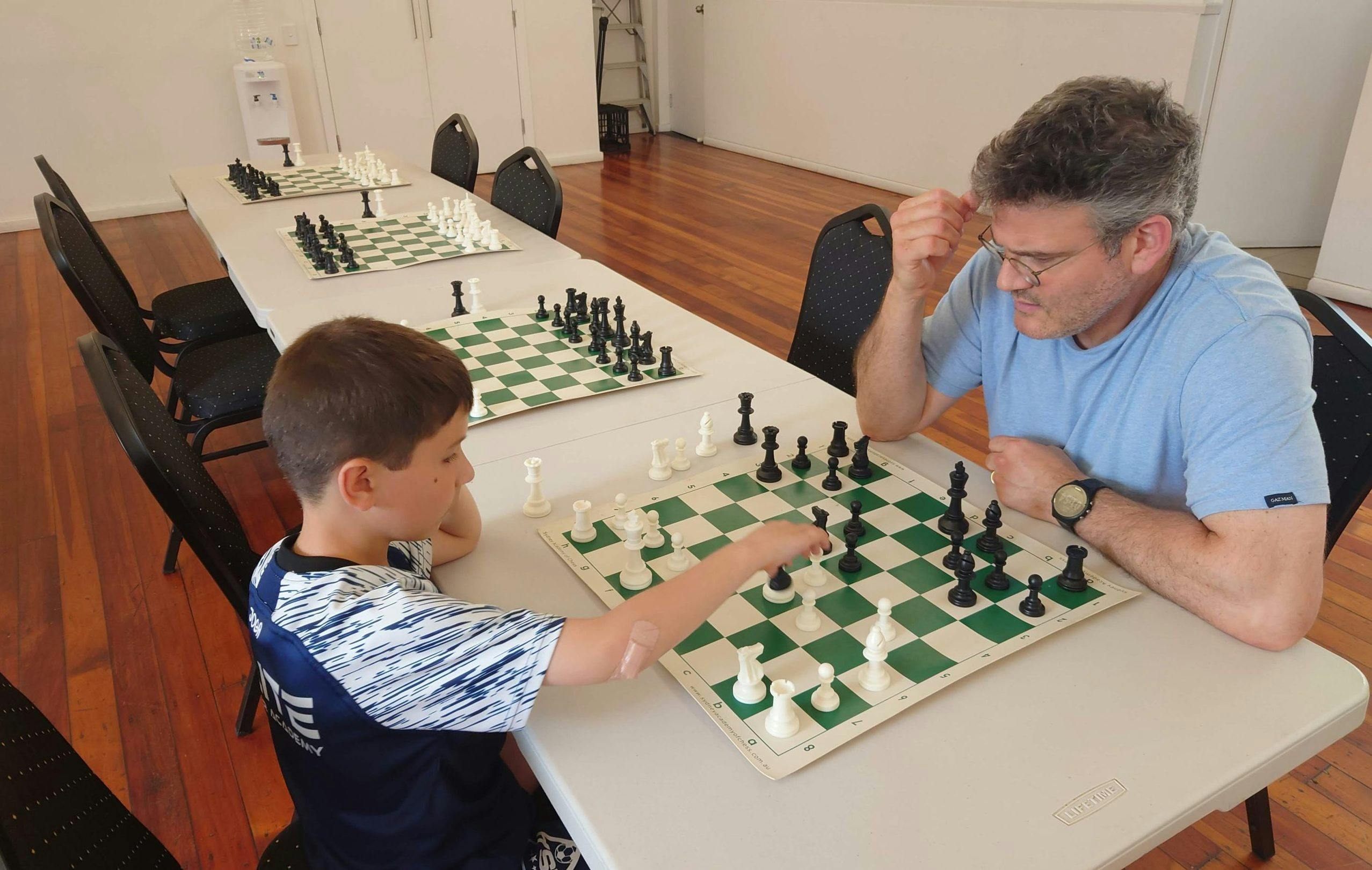Published: 16 November 2020
Last updated: 4 March 2024
A PROFESSOR OF MINE, in his course on the Holocaust and Soviet mass murder, used to tell an anecdote about two trains heading in opposite directions during the war. One was travelling out of Nazi occupied Poland, towards Soviet territory; the other, in the direction of the Nazis and away from the Soviet regime. As the trains pass, two Jews poke their heads out of their carriages and yell at each other, hands waving, “Are you crazy? Go back, go back!”
It comes to mind while reading journalist and author Sue Smethurst’s new book, The Freedom Circus, which recounts the WWII journey of her grandmother-in-law, Mindla Horowitz. Immaculately dressed, nails and lips painted even in the nursing home, Mindla was a survivor of both Hitler and Stalin’s wartime terrors.
Her story conveys the oppression and deprivation imposed by both authoritarian regimes, but also highlights the universal themes of resilience and courage that Holocaust survivors who made it to Australia so often seemed to embody.
Though Smethurst had been part of the Horowitz family for years and curious about the family’s history, there had been an underlying fear of the potential for retraumatisation that speaking about the Holocaust might cause. But as Mindla got older, Smethurst felt more and more driven to learn and record the details of the story before it was too late.
Having spent much of 2020 in Victoria’s lockdown, she says learning about her husband’s family history during the Holocaust has profoundly influenced the family’s outlook on life.
[gallery columns="1" size="full" ids="39533"]
“I try to keep perspective whenever we’re having a day that we’re grizzling about it [lockdown] and I say to the children, just think of what Nanna Mindla did – she wouldn’t be complaining about this.
“When I think about the challenges they went through, not knowing from one day to the next whether they would survive, whether their loved ones were alive. So that does sit with me a lot, and I think it does frame the way we live our lives.”
It’s a sentiment that will resonate with descendants of survivors, who have a tendency to ‘telescope’ – to view their own life challenges in miniature through the lens of their grandparents’ trauma.
The enormity of what our relatives went through can hit with most force when visiting their homeland, and indeed Smethurst returns frequently, during our interview, to the trip she and her husband took to Poland in 2019, to retrace Mindla’s footsteps.
“We quite often think of the journey she would have taken with a baby across Poland, to try to get him to safety in Russia, on her own with a little boy,” she says. As they stood outside the prison into which the NKVD had thrown Mindla, Smethurst recalls her husband shaking his head and asking, “how on earth did she get from here to Melbourne?”
It was quite an expedition, one that took Mindla and her husband Kubush from Poland and Russia, to the Middle East and Africa and back through Europe to Australia. Although this is Mindla’s story, much of the plot is driven by Kubush’s role as a clown, first in Poland’s famous Staniewski’s Circus, and later in the Moscow Circus.
In both, he was literally performing for their lives. By June 1940, much of Warsaw had been destroyed by war, including the grand gold and marble auditorium of the Staniewski circus. And now, the Nazis were planning to establish a Jewish ghetto.
[gallery columns="1" size="large" ids="39534"]
Circus owners, Lala and Bronislaw, wholeheartedly dedicated to their troupe, accepted Kubush’s suggestion to revive the circus shows and “hide in plain sight.” It sickened them to perform for the high ranking officers, but as long as they could keep the Nazis entertained (and hand over most of the ticket proceeds), there was hope for another day’s survival.
When Aktions against Jews escalated, Lala and Bronislaw bravely embarked on their ultimate act of rescue, in what could be considered worthy of recognition as Righteous Among the Nations. Outfit and smile perfected, Lala visited the governor with a packet full of false papers.
Assuring him these were documents of her loyal staff, and dismissing his suggestion she might be helping Jews, Lala managed to leave with the papers officially stamped. With railway conductor uniforms made by the circus costume designer, and Kubush acting in the role, Jewish performers from the famous Staniewski circus boarded a train heading out of Warsaw.
“I was fortunate to meet the last two descendants of the Staniewski family when we went to Poland and they really had no idea the extent to which Bronislaw and Lala helped so many people,” Smethurst says in awe.
“That to me is a really special untold story - they put their own lives at risk to save people like Kubush… that to me is an element of great humanity. They’ve never been recognised for that.”
1940 was coming to an end, and with Kubush and Mindla reunited in Moscow, life on the surface was a world away from the lice, overflowing waste buckets and maggot-infested food that Mindla had earlier endured in prison.
Put up in a fancy suite by Stalin’s regime, smothered with gifts of beautiful clothes and warm coats, plentiful food and real coffee - these luxuries were offered in return for Kubush’s performances at the Moscow Circus.
But they came at a much higher, and more sinister price - complete loyalty to the state and “Papa Stalin”. Nevertheless, Smethurst says Mindla had a lingering affection for Moscow, of which she shared none for Poland.
[gallery columns="1" size="medium" ids="39535"]
Despite the darkness of the story, there is respite in the vivid depiction of circus performances, full of colour and exuberance. Smethurst describes how the magnificent contortionist would twist and wind herself into a coffin, which was buried in a shallow grave, and the audience would hold their breath while she tried to escape. Clowns like Kubush, having carefully painted on their faces, would run around the stage and play with the jugglers, and the acrobats would balance high on poles and trapeze through the air.
What’s extraordinary is that the descriptions in the book were informed by Staniewski circus newsletters and historical newspaper reviews of the shows, discovered in the national circus archives in Poland. In four rooms full of boxes, Smethurst went to work, expecting to find nothing among the dust and disorder.
“We were sitting on the floor pulling out photographs. I almost passed out when we pulled out this album and found photos of Kubush in his younger days in the circus. I just burst into tears…”
The research and writing process has been unusually emotional for Smethurst and her family. As a journalist with the Australian Women’s Weekly and author of several books, she has tackled challenging topics like child abuse, and says every story she has written added a layer to who she is. But this book has, of course, a very personal connection.
“This story sat in my heart for such a long time it burned a hole in my heart to write. I do feel like there is lot more of this journey to come.” With the help of an historian in Melbourne, Smethurst learned that close relatives of Mindla, long thought to have perished during the Holocaust, had survived. Her two brothers had each built new lives after the war, one in the US and the other in Israel, and despite each sibling’s search, never did find one another. In a devastating twist, the two brothers ended up in their later years living ten minutes apart in Israel. Neither knew of the other’s existence, nor of their sister Mindla (and another sister Jadzia) in Australia.
It is a heartbreaking discovery, though for the Horowitz family, one that holds so much promise. Smethurst says the family’s history has become a passion far beyond the book, with descendants of Mindla’s family around the world ecstatic to have found each other and to be slowly piecing together the missing elements of family photographs and memories.
This is a rich gift for the family’s younger generations, but equally, Smethurst believes, Mindla’s story holds lessons for all of us, especially around our inner strength as humans to cope with life’s challenges. It’s a theme that will surely speak to all of us this year.
“I hope that it does bring a smile to people’s faces too because it is a story of hope and resilience,” Smethurst says, adding poignantly, “I think we’ve got so much to learn not just from Mindla and Kubush, but from that entire generation.”
READ MORE
Book tells of family's epic Holocaust escape, to live and laugh again (Age)
A German man's Nazi grandfather took over a Jewish man's store. He tracked down his descendants to apologise (CNN)
The Zionist activists who collaborated with Nazis, and were executed by Jewish partisans (Haaretz)
The Betar movement has ignored a melancholy chapter of its history that occurred in the Vilna ghetto during the Holocaust: the execution by Jews of other Jews who collaborated with the Nazis
Photo: Kubush, right, performing with the Staniewski circus in Krakow, Poland in 1936 (National archive)




